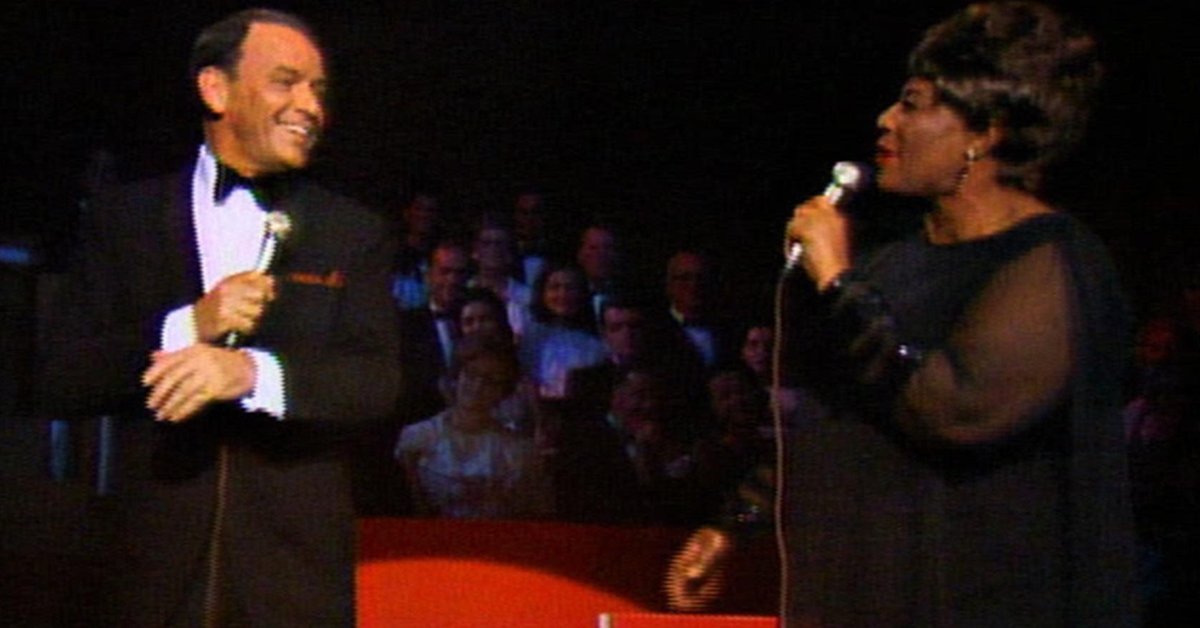
About the Song
From the moment the opening brass glides in and the first playful lyric, “I get too hungry for dinner at eight…”, you sense the charm of “The Lady Is a Tramp” — a song with wit, warmth, and a twinkle of rebellion against society’s expectations. Written in 1937 by Richard Rodgers and Lorenz Hart for the musical Babes in Arms, the song originally skewered high society and celebrated the free-spirited.
When Frank Sinatra and Ella Fitzgerald joined voices for this number (notably during the 1967 television special A Man and His Music + Ella + Jobim) the result was more than a duet—it was a meeting of voices that carried legacies. Sinatra, with his confident, polished baritone, and Fitzgerald, with her effortless swing and vocal agility, brought to the song a dynamic interplay of respect, play-fulness, and sheer musical joy.
In their rendition, the lyrics take on additional layers. The “lady” in question isn’t simply a high-society rebel; she becomes a figure of independence and authenticity. Sinatra sings with that signature swagger but also an underlying warmth; Fitzgerald responds, and their easy rapport gives the song sparkle. The band moves with elegant bounce, setting the stage for voices that don’t just perform—they inhabit the lyric.
For older listeners who remember the golden era of crooners and jazz grande dames, this piece resonates deeply. It reminds us not only of style and sophistication, but of the power of musical partnership—when two great artists come together to lift a standard into something memorable and personal. It’s not just nostalgia; it’s legacy.
If you put on headphones and listen carefully, you’ll hear the subtle exchanges: Sinatra’s phrasing, Fitzgerald’s scatted response (or her witty vocal turns), the laughter in their voices, the sparkle in the arrangement. “The Lady Is a Tramp” in their hands becomes a celebration of freedom—not just in lyrics, but in the way they perform.
So whenever you’re in the mood for something elegant, joyful, and timeless, let this duet take you back to a time when the microphone was a friend, the band a conversation, and the song a little rebellion wrapped in velvet.